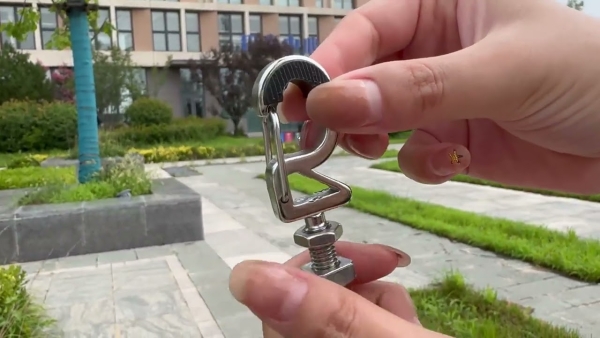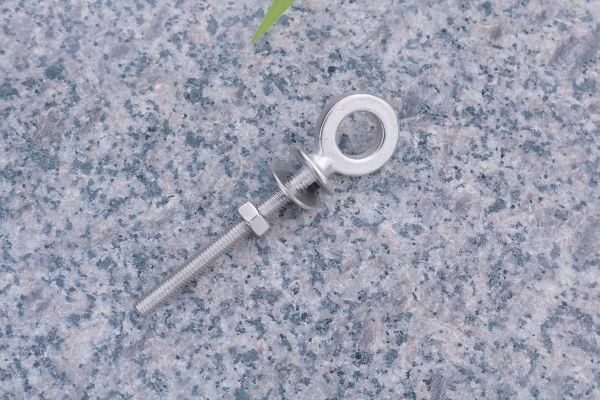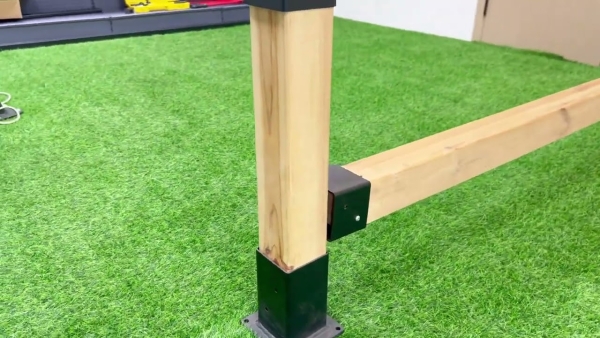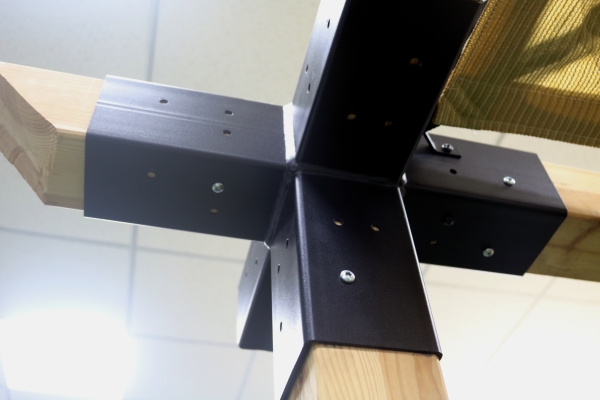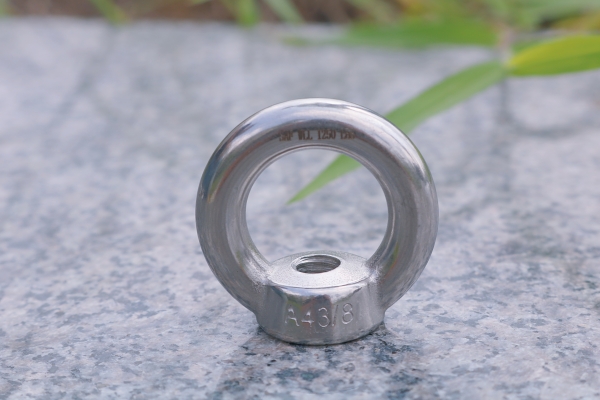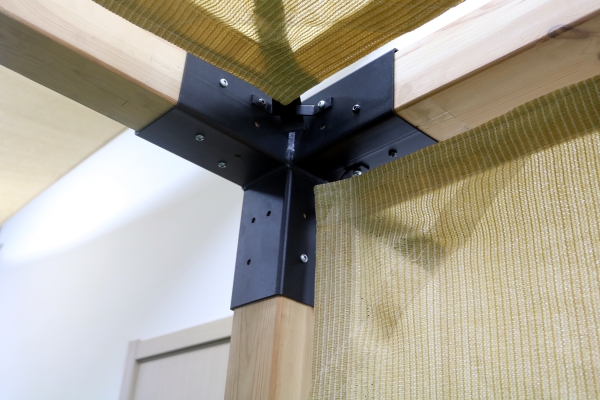Table of Contents
Benefits of Adding a Pergola to Your Outdoor Space
A pergola is a structure that can add beauty and functionality to any outdoor space. It typically consists of vertical posts or pillars that support cross-beams and an open lattice roof. The design of a pergola can vary widely, from simple and utilitarian to elaborate and ornate. The primary purpose of a pergola is to provide shade and shelter, making it an ideal addition to a garden, patio, or other outdoor area.
One of the key benefits of adding a pergola to your outdoor space is the ability to create a defined and inviting area for relaxation and entertainment. By providing a shaded area for seating, dining, or lounging, a pergola can enhance the usability of your outdoor space, allowing you to enjoy the fresh air and natural surroundings in comfort. Additionally, the open lattice roof of a pergola can provide partial protection from the elements, allowing you to enjoy your outdoor space even in less-than-ideal weather conditions.
Another benefit of adding a pergola to your outdoor space is the opportunity to enhance the aesthetic appeal of your property. Pergolas come in a wide range of styles and materials, allowing you to choose a design that complements the architecture and landscaping of your home. Whether you prefer a rustic wooden pergola or a sleek metal structure, adding a pergola can add visual interest and charm to your outdoor space.
In addition to providing shade and enhancing the aesthetic appeal of your property, a pergola can also offer practical benefits. For example, a pergola can provide support for climbing plants, such as vines or roses, adding a touch of greenery and natural beauty to your outdoor space. Additionally, a pergola can serve as a framework for hanging lights, lanterns, or other decorative elements, creating a warm and inviting atmosphere for outdoor gatherings and events.
Furthermore, adding a pergola to your outdoor space can increase the value of your property. A well-designed and well-maintained pergola can enhance the curb appeal of your home, making it more attractive to potential buyers. Additionally, the added functionality and visual appeal of a pergola can make your outdoor space more enjoyable and usable, increasing the overall value of your property.
In conclusion, adding a pergola to your outdoor space can provide a wide range of benefits, from creating a defined and inviting area for relaxation and entertainment to enhancing the aesthetic appeal and value of your property. Whether you choose a simple and utilitarian design or an elaborate and ornate structure, a pergola can add beauty, functionality, and value to your outdoor space. Consider adding a pergola to your property today and start enjoying the many benefits it has to offer.
Different Types of Pergola Designs and Materials
A pergola is a structure that is commonly found in gardens, parks, and outdoor spaces. It consists of vertical posts or pillars that support cross-beams and an open lattice roof. The purpose of a pergola is to provide shade, support climbing plants, and create a visually appealing outdoor space. Understanding the structure of a pergola is essential for designing and building one that meets your needs and preferences.
There are several different types of pergola designs, each with its own unique characteristics and features. One of the most common types is the traditional pergola, which consists of four vertical posts supporting a flat roof. This design is simple and elegant, making it a popular choice for many homeowners. Another popular design is the arched pergola, which features curved beams that create a more decorative and ornate look. This design is often used in more formal garden settings.
In addition to different designs, pergolas can also be constructed using a variety of materials. Wood is the most common material used for pergolas, as it is durable, versatile, and aesthetically pleasing. Cedar, redwood, and pressure-treated pine are popular choices for wood pergolas due to their resistance to rot and decay. Metal pergolas are another option, offering a more modern and industrial look. Aluminum and steel are commonly used for metal pergolas, as they are lightweight and easy to maintain.
When choosing a material for your pergola, it is important to consider factors such as durability, maintenance, and aesthetics. Wood pergolas require regular maintenance, such as staining or sealing, to protect them from the elements. Metal pergolas are more low-maintenance but may require occasional cleaning to prevent rust or corrosion. Ultimately, the material you choose will depend on your personal preferences and the overall design of your outdoor space.
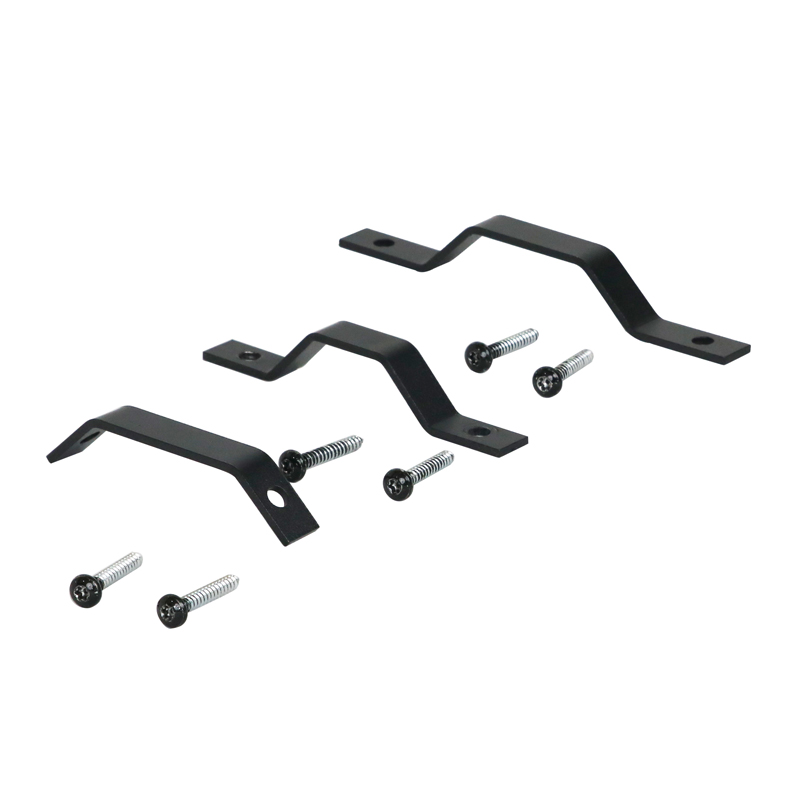
In addition to traditional designs and materials, there are also more modern and innovative pergola options available. Retractable pergolas feature a motorized roof that can be opened and closed to provide shade or sunlight as needed. This design is ideal for homeowners who want more control over their outdoor space. Pergolas with built-in lighting, heating, or cooling systems are also becoming increasingly popular, allowing homeowners to enjoy their outdoor space year-round.
Overall, understanding the structure of a pergola is essential for designing and building a structure that meets your needs and preferences. With a variety of designs and materials to choose from, you can create a pergola that enhances your outdoor space and provides a functional and visually appealing structure. Whether you prefer a traditional wood pergola or a modern retractable design, there are options available to suit every style and budget. By carefully considering your options and working with a professional designer or contractor, you can create the perfect pergola for your outdoor space.

